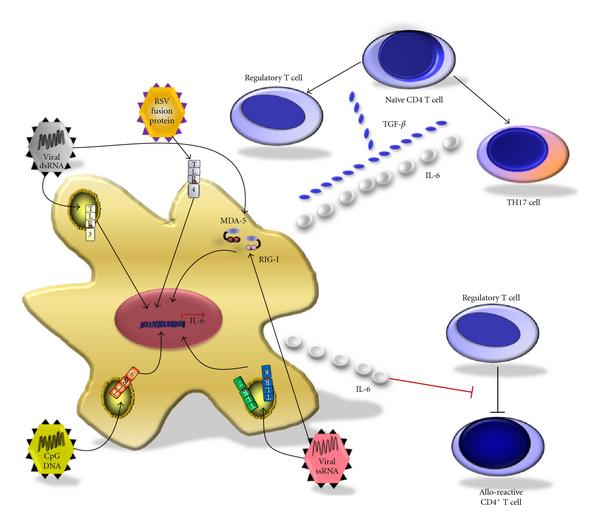
In man, temperature regulatory mechanisms include autonomic, somatic, endocrine, behavioural changes.
The autonomic regulatory mechanism is effected through the temperature regulating center present in the hypothalamus. The regulatory centers of hypothalamus are also known as thermostat. The center for heat loss is situated in the anterior hypothalamus and preoptic area, while, the heat gain center is present in the posterior hypothalamus.
These centers are stimulated by the temperature changes of the blood , which is perfusing them. The regulatory mechanism shows two ways of reducing the body temperature. One is to eliminate more heat from the body and the other is to reduce the heat production from the body. Increase in body temperature stimulates cutaneous warm receptors and as well as thermostat. The latter is stimulated through the blood perfusing the preoptic and anterior hypothalamus. The cutaneous stimulation of the warm receptors causes dilatation of blood vessels, which increases the skin blood flow. This facilitates heat loss from the surface of the skin.
The eccrine sweat glands are stimulated by the activity of heat loss centers present in the hypothalamus. The increase in cutaneous blood flow causes more sweat to be formed. As said earlier, the vaporisation of sweat from the surface of the skin eliminates heat. The rate of sweat secretion can vary from 30-90 ml/hour depending upon the rise in the body temperature. Increase in respiratory rate can also facilitate more elimination of heat. This is especially more pronounced in dogs, which does it through panting. Behavioral response to excess body heat can be noticed in humans, in the avoidance of physical activity, use of fans, coolers, cold shower bath and less clothing. The heat production is reduced by lowering SDA (specific dynamic action) through loss of appetite and apathy.
When the body temperature is lowered, the regulatory mechanisms aim at raising the temperature of the body, by reducing the heat loss and increasing the heat production.
The peripheral cutaneous cold receptors are stimulated locally by the fall in temperature. This causes vasoconstriction of cutaneous blood vessels. The stimulation of heat gain center in the hypothalamus also will cause cutaneous vasoconstriction, which reduces the blood flow.
This reduces the heat loss from the surface of the skin. There is also stimulation of the smooth muscle erector pili, present at the base of the hair follicle in the dermis of the skin. The contraction of this muscle produces raising of hair (pilo erection), which helps trapping of air between hairs. The air trapped between the hairs gives insulation to the skin, preventing heat loss. The presence of adipose tissue is another factor that gives insulation to the skin. Wearing of woolen clothes in humans, presence of fur and feathers in lower animals also prevents heat loss by similar mechanism.
Source: Textbook of Physiology, 3E (Chandramouli) (2010)